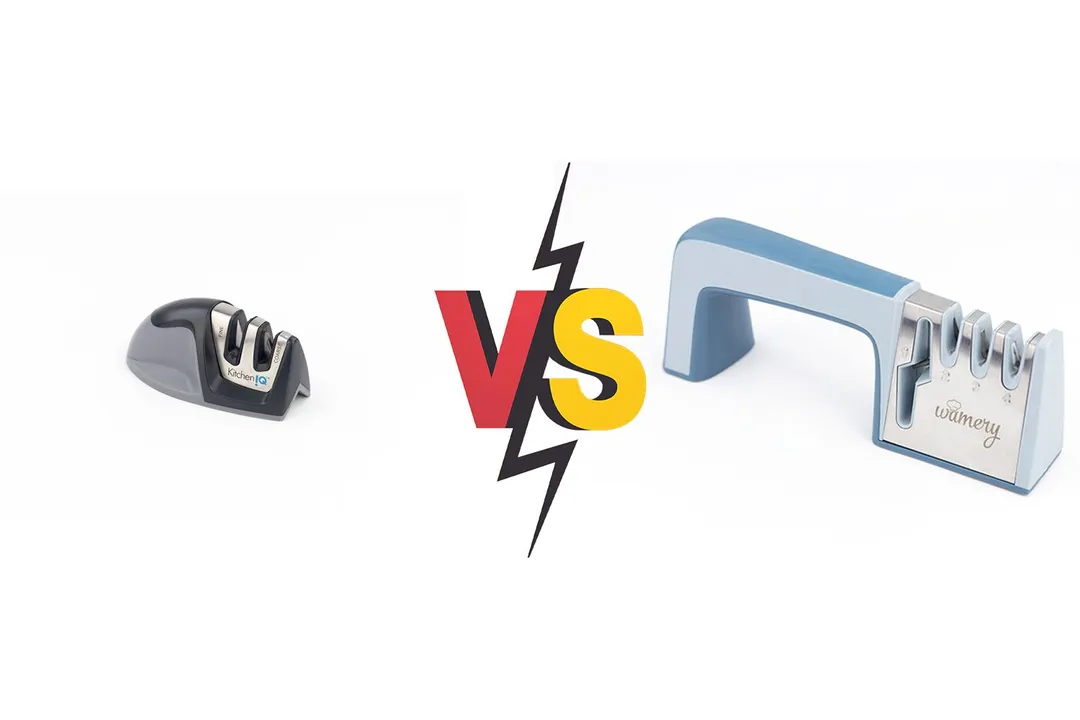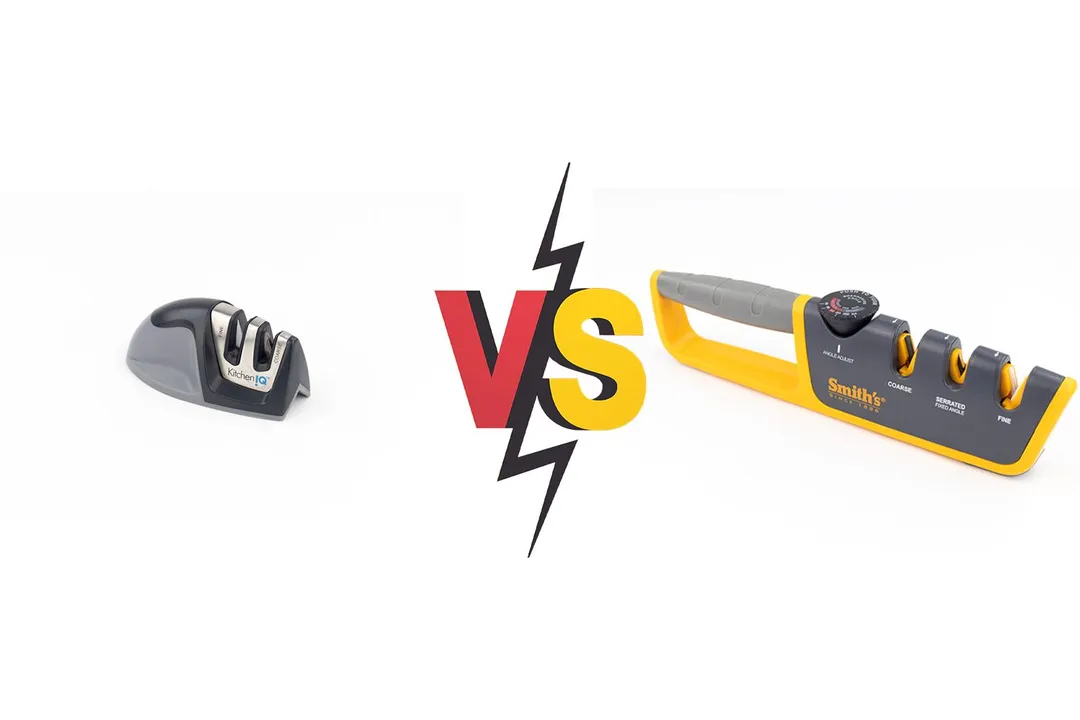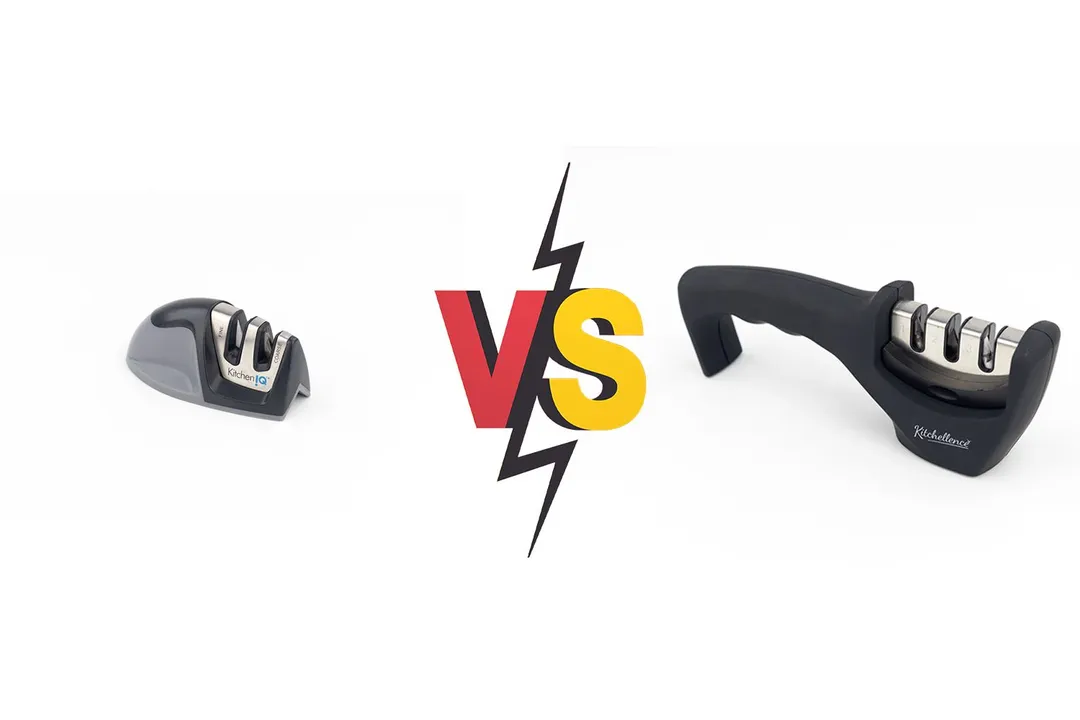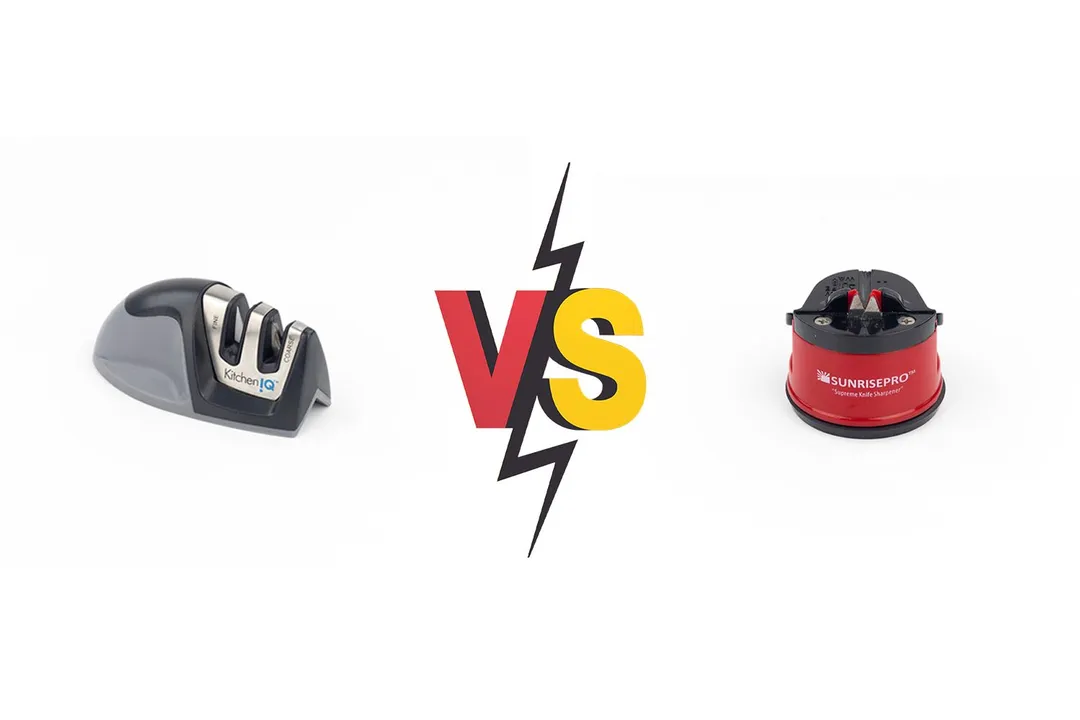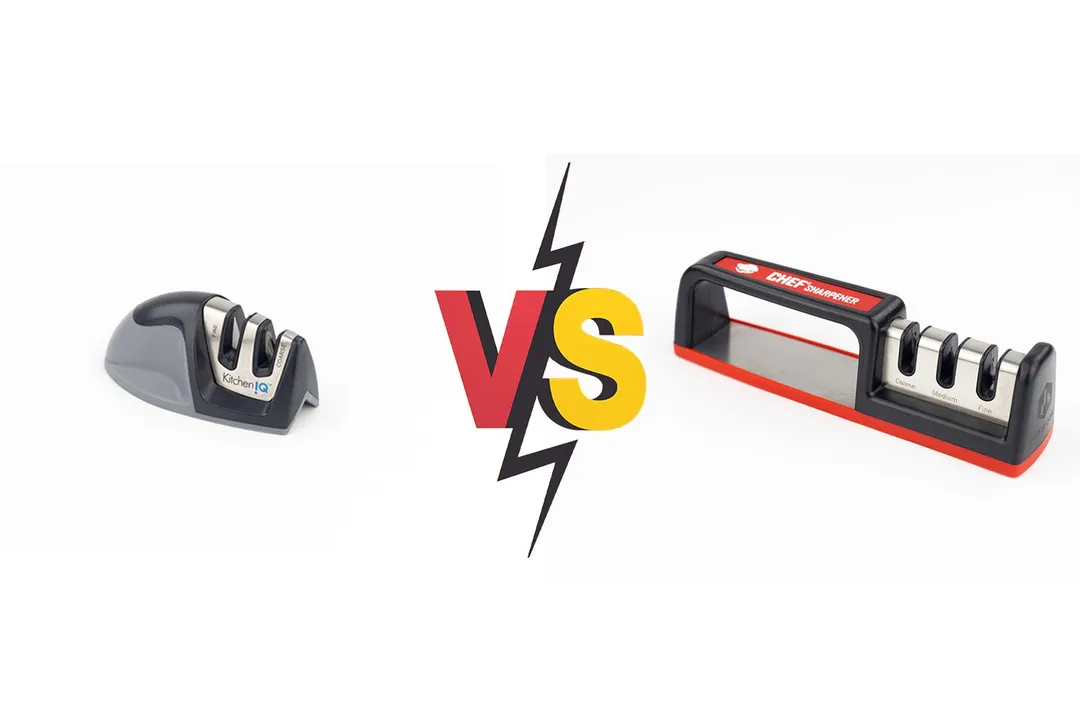Our recommendations are made independently through Research & Testing. We may receive commissions from purchases made via our links.
KitchenIQ 50009 vs. PriorityChef 2-Stage Sharpener Side-by-Side Comparison
We put the KitchenIQ 50009 with the PriorityChef 2-stage sharpener through the test and compare them side by side. Here’s what we found.
KitchenIQ 50009
Tested Using Methodology v1.1PriorityChef
Tested Using Methodology v1.1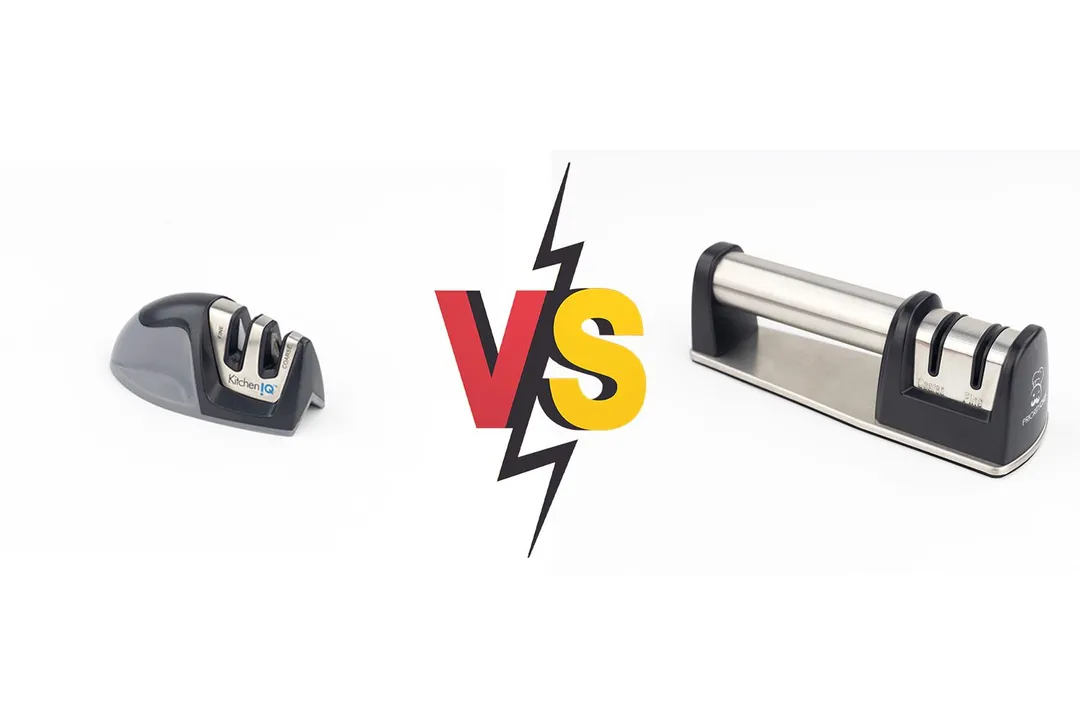
Overall Verdict
The PriorityChef is the obvious choice over the KitchenIQ.
Both sharpeners are well constructed. The former comes in an awkwardly small size but its selling point is its special EdgeGrip base. The latter sports a sizable body that feels more natural in an adult’s hand, but would benefit from a stronger base.
Both come with two sharpening slots, though they have different abrasives: the KitchenIQ features carbide and ceramic blades, while the PriorityChef sports diamond discs.
When we put them to the sharpening tests, the PriorityChef proved to be far superior in all parameters: speed, sharpness, material retention, and edge smoothness. The KitchenIQ displayed a mediocre performance at best and is simply not a match.
Pros & Cons
- Easy storage
- Affordable price
- Base works on both counter edge and flat surfaces
- Simple, sturdy design
- Modest height, low center of gravity
- Full, flat base
- Gimmick-free design
- Great edge retention
- Awkward small size
- Long sharpening time
- Cheap base pad
- Small slot openings
Key Specs
Where to Buy
*You help support HealthyKitchen101's product testing and reviews by purchasing from our retail partners.
Analysis and Test Results
Performance
Sharpening Time to Cut a Lemon
Material Retention


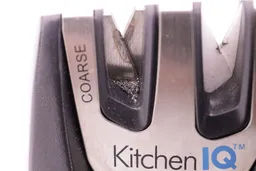
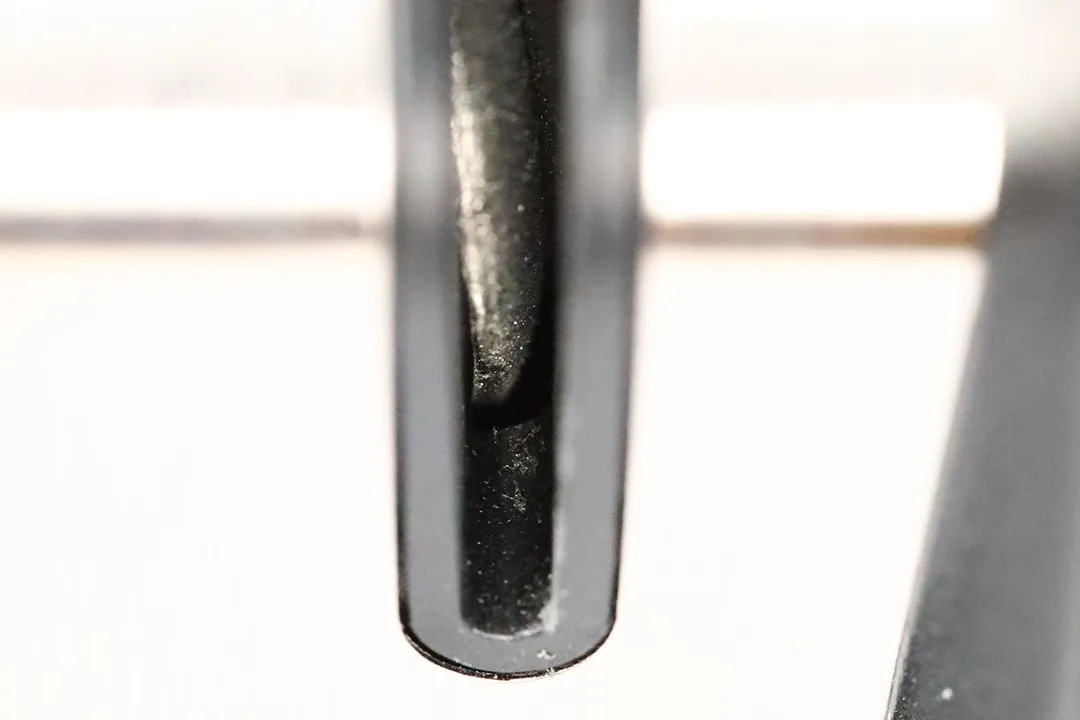
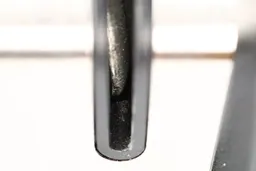
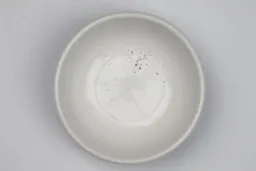
Maximum Sharpness Achieved
Edge Smoothness
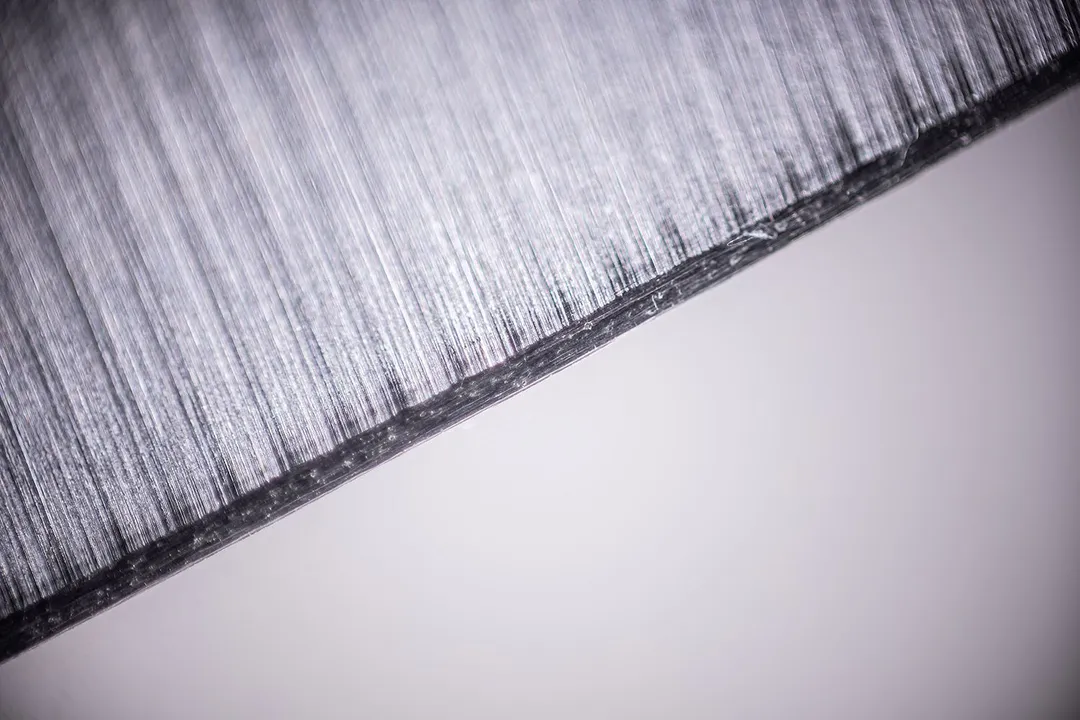
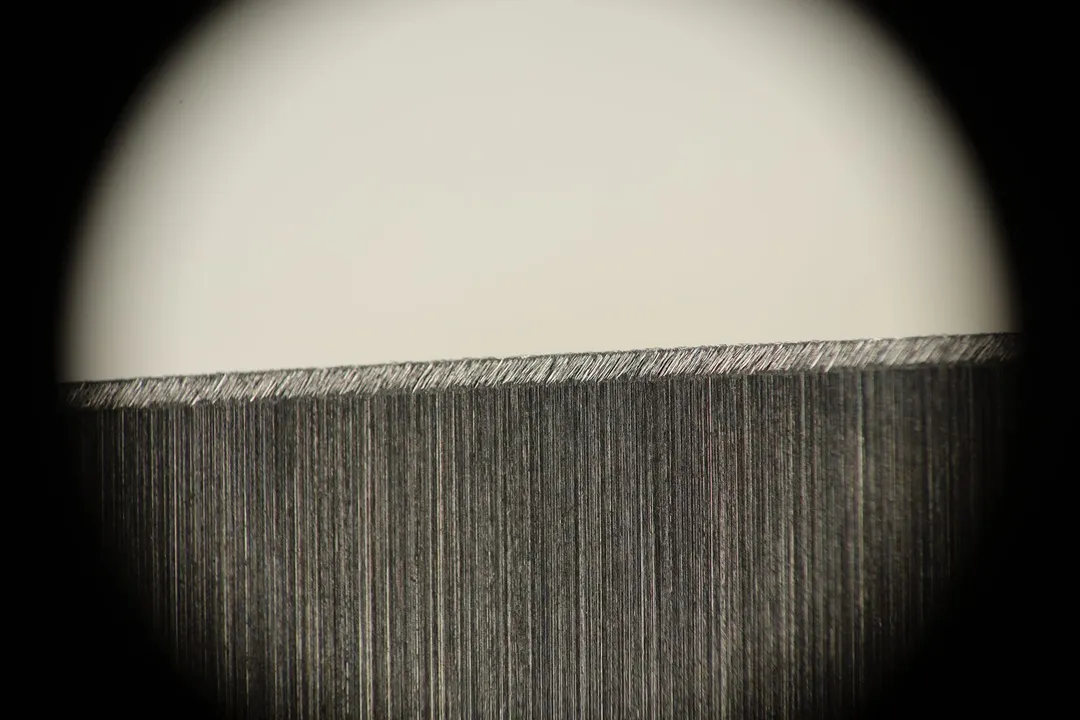
Design
In the Box
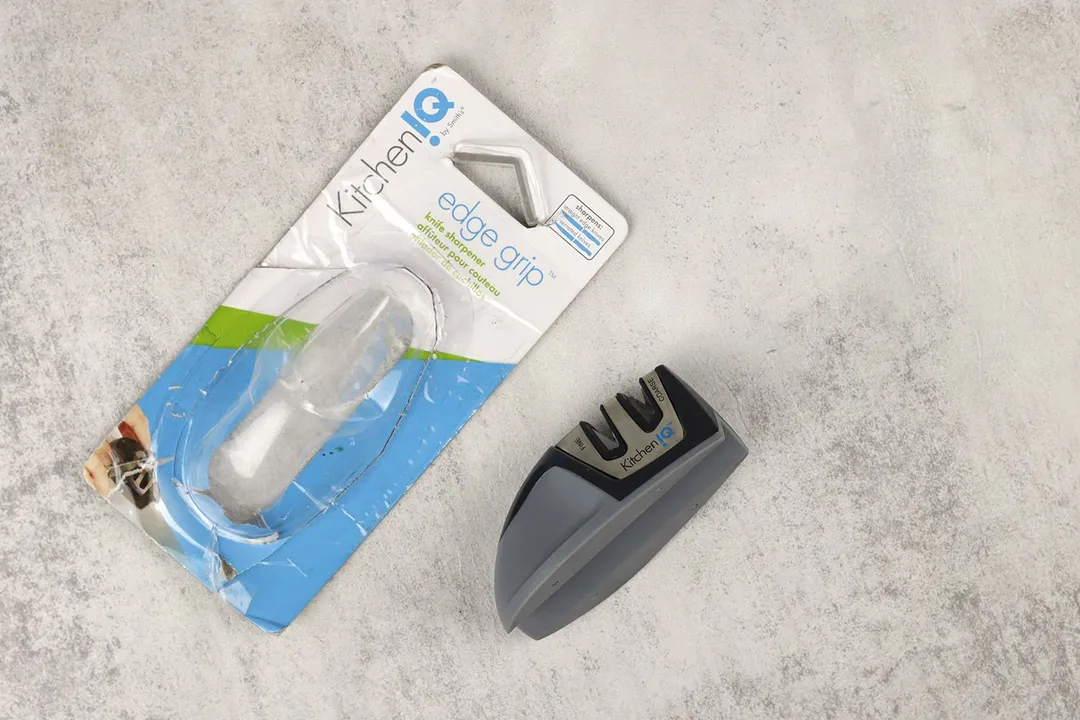
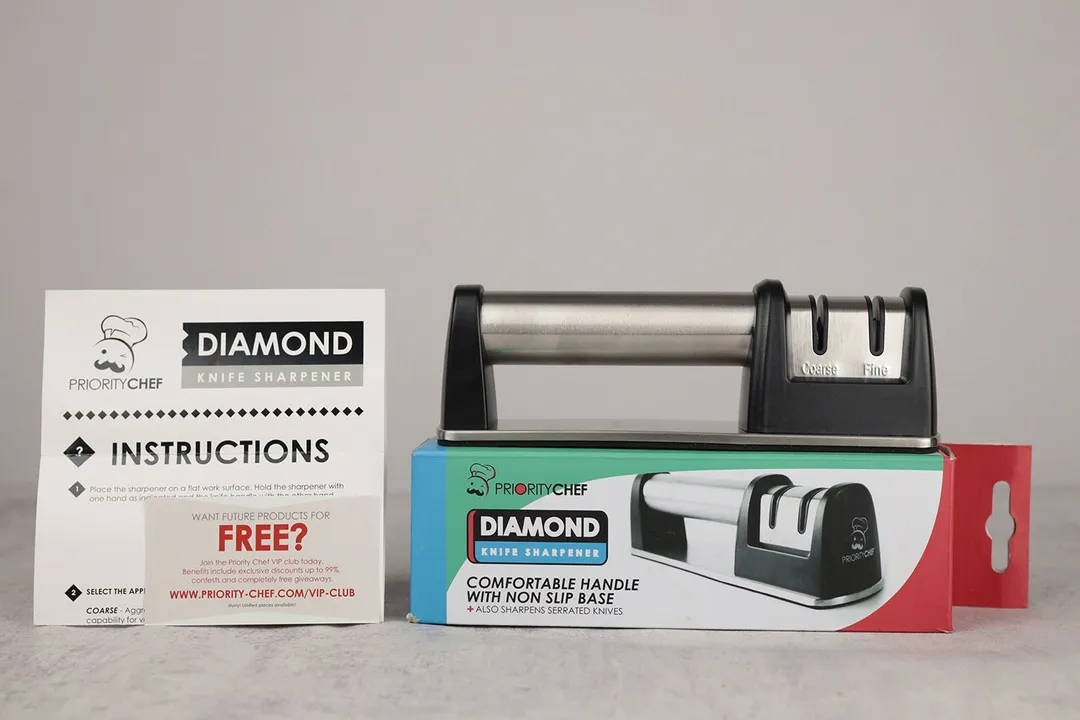
Dimensions
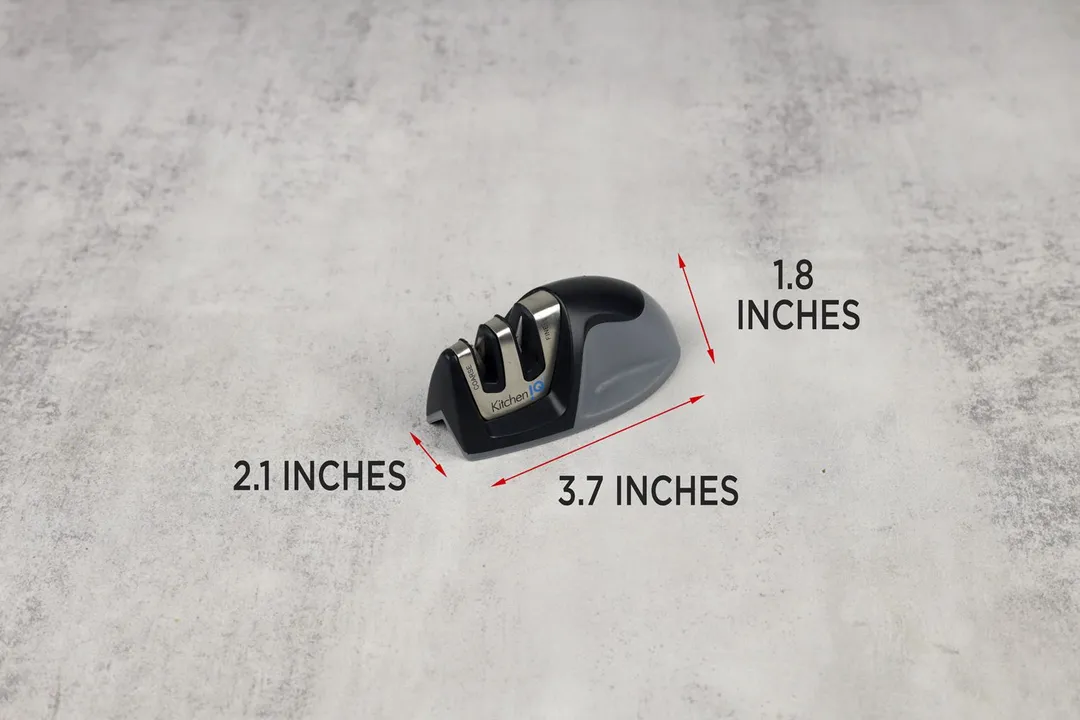
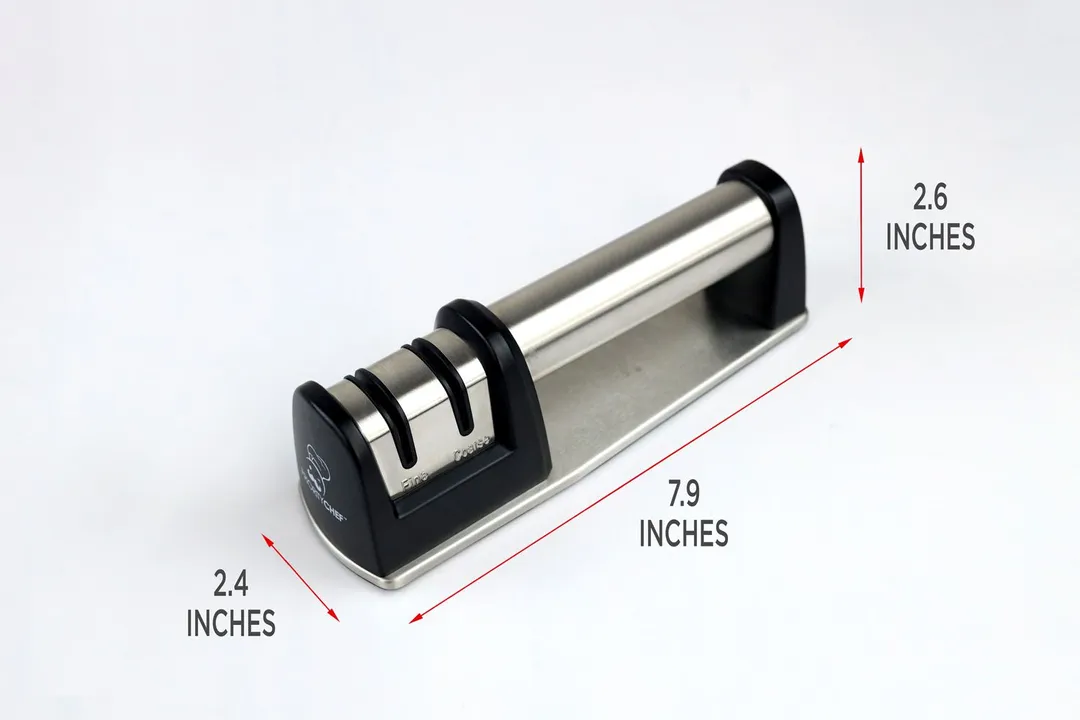
Build Quality

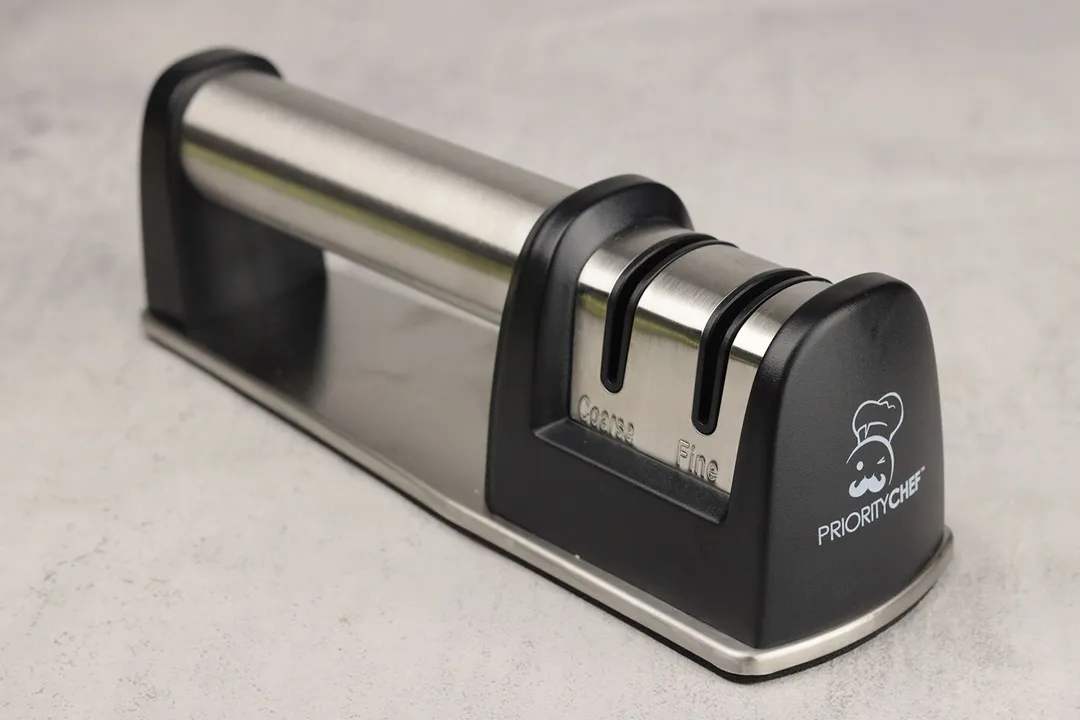
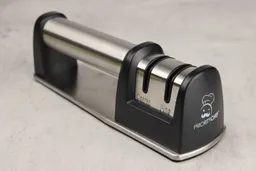

Working Section
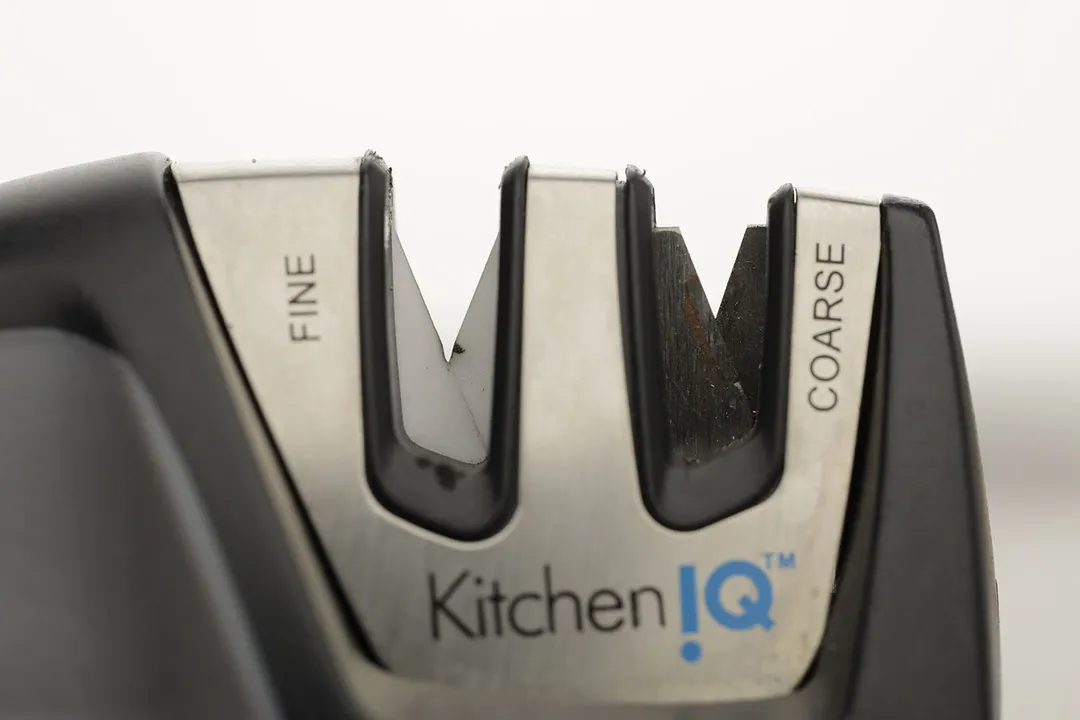
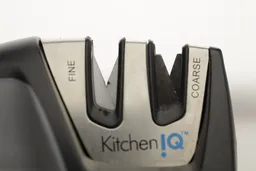
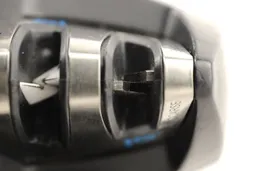
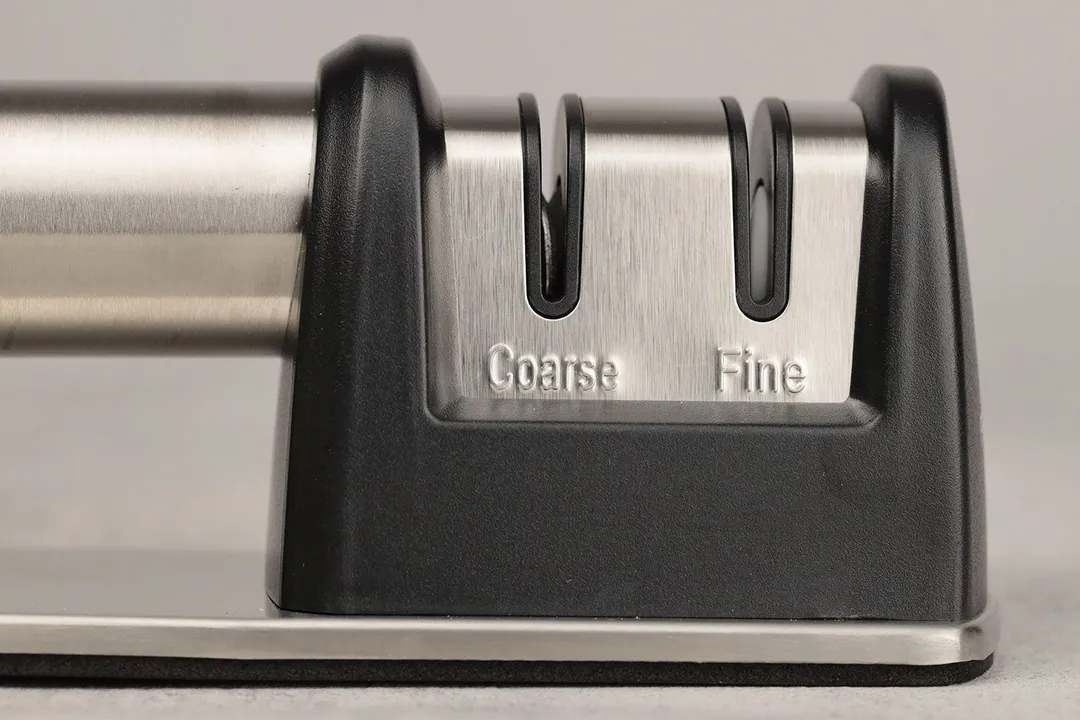
Base
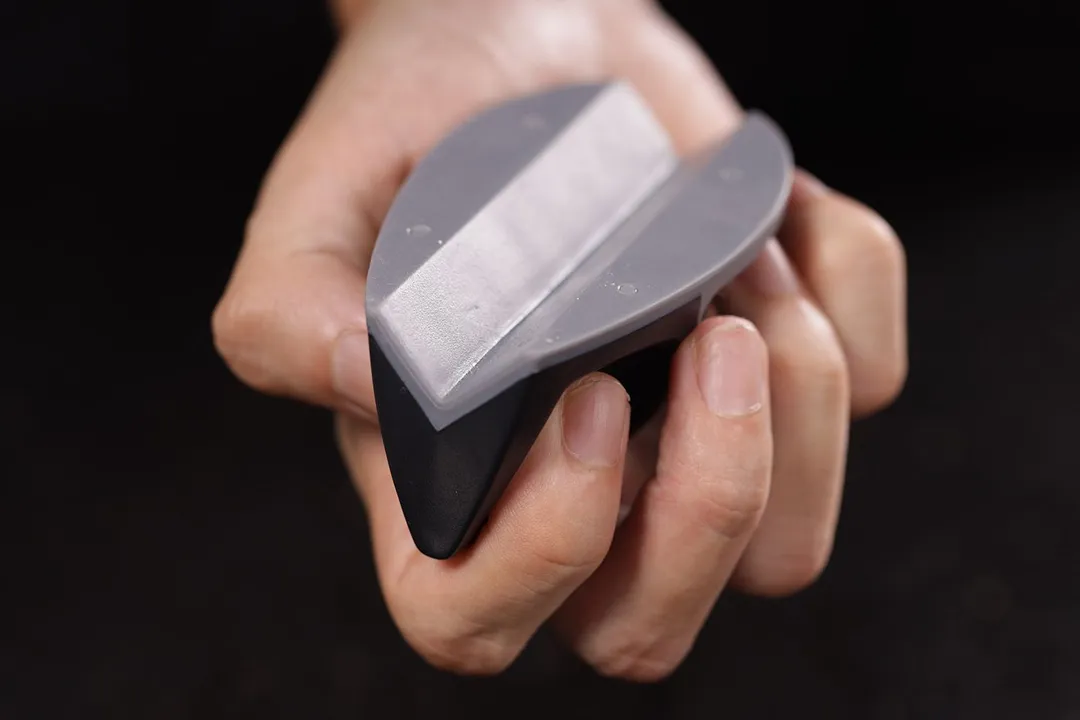
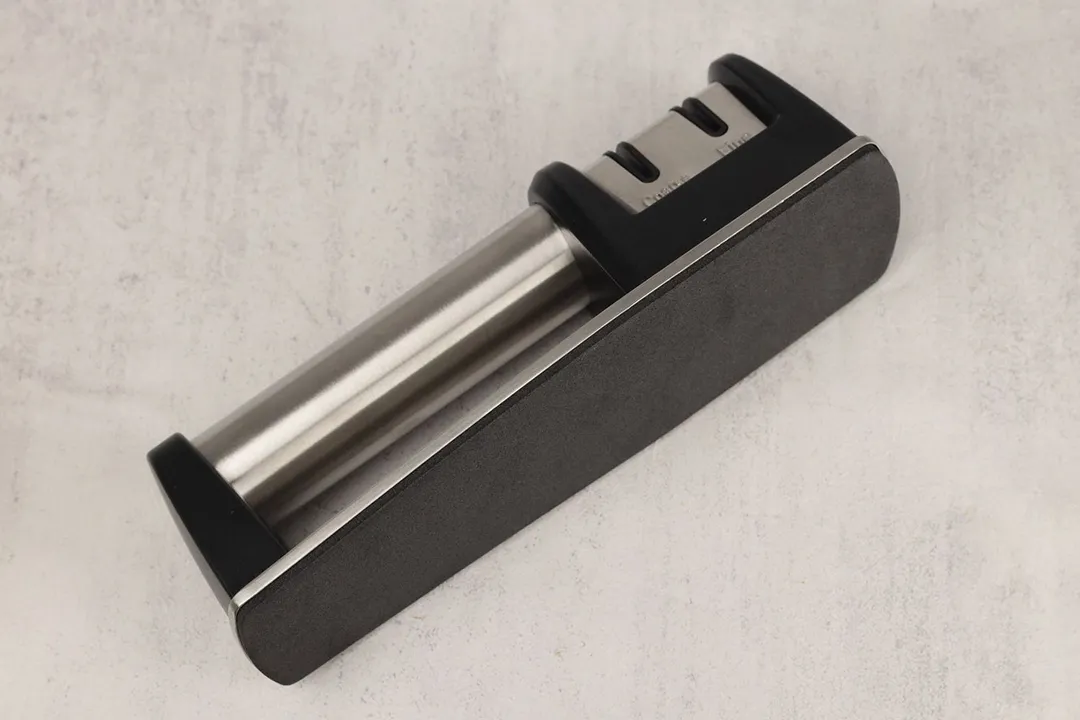
Grip
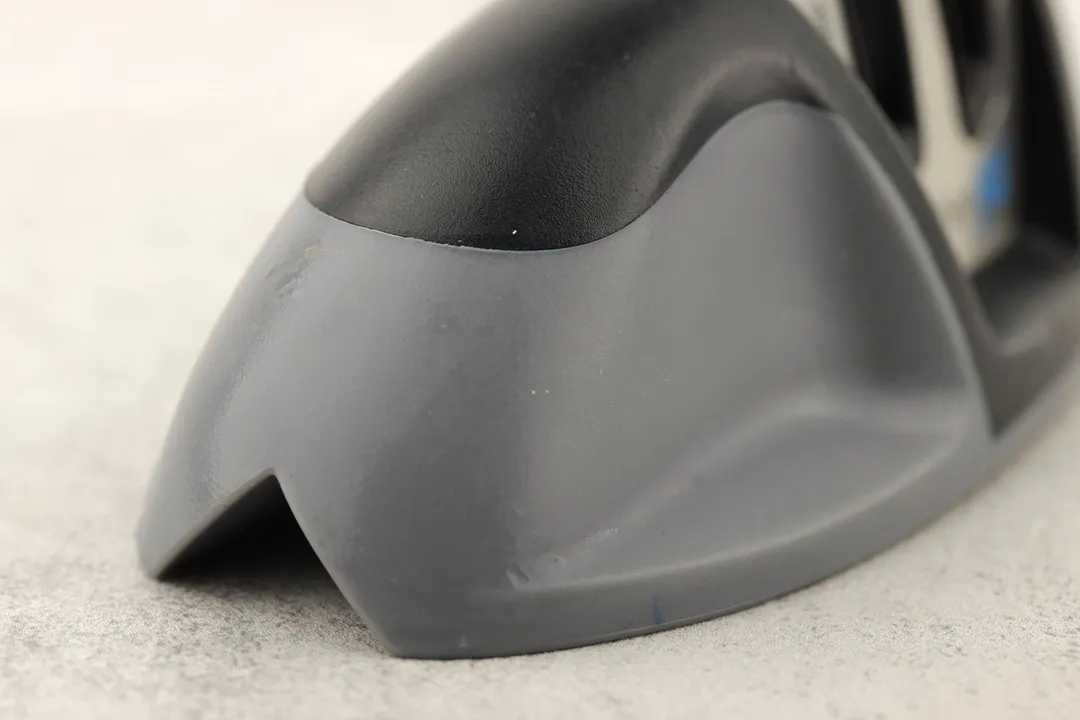
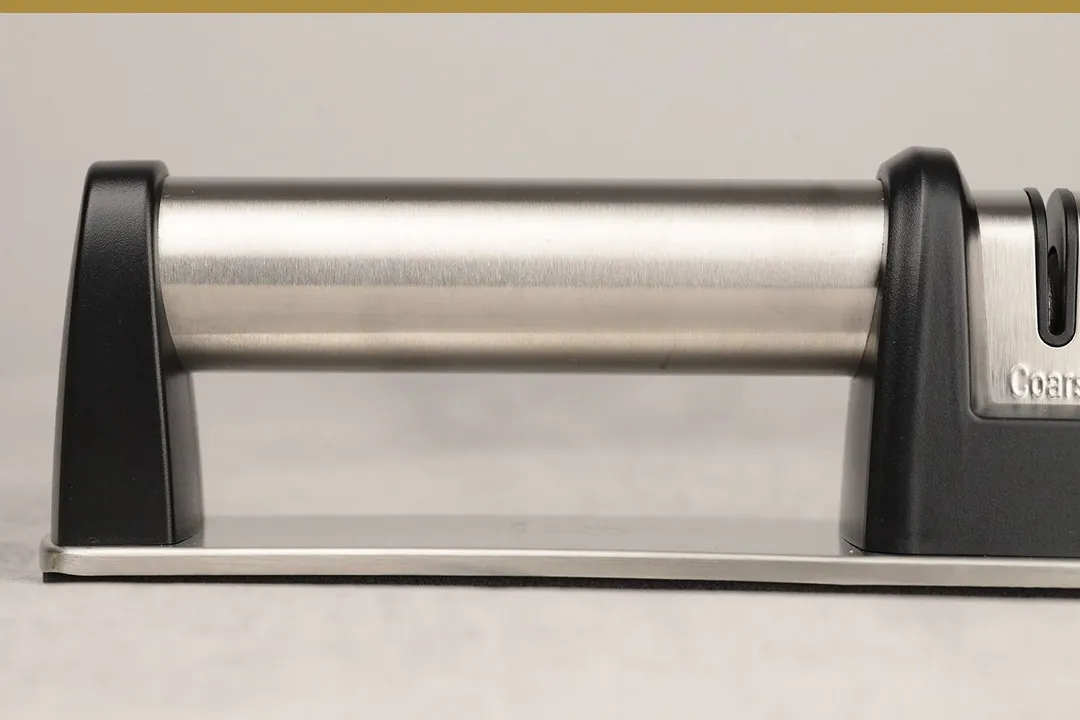
Usability
Slot Arrangement
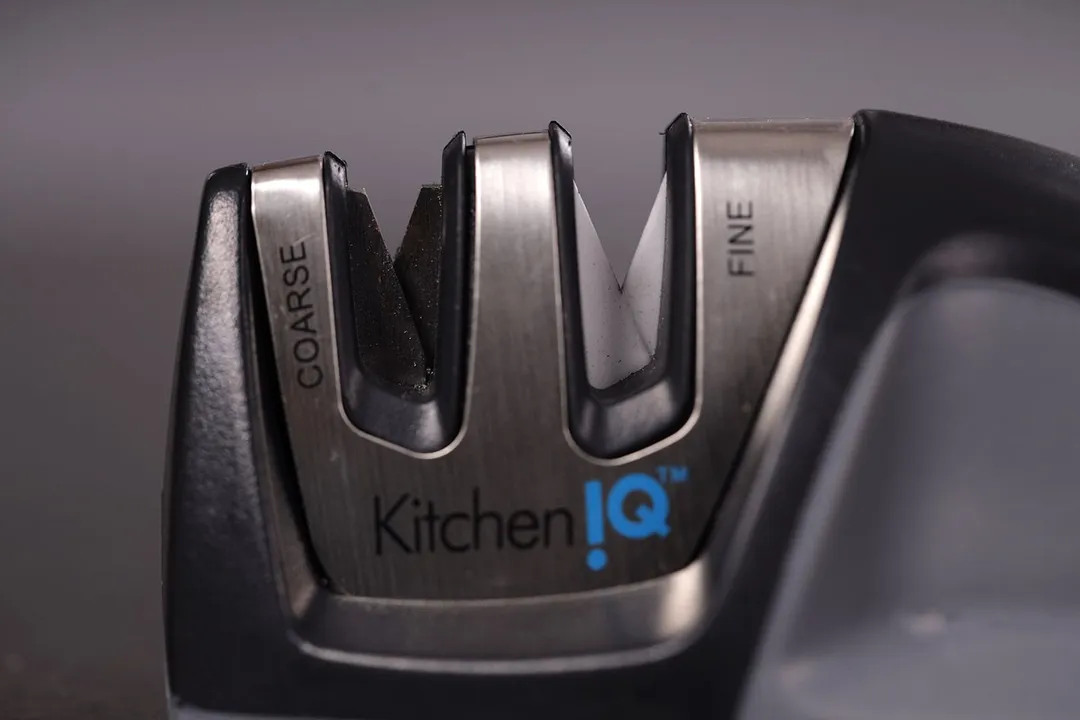

Insertion
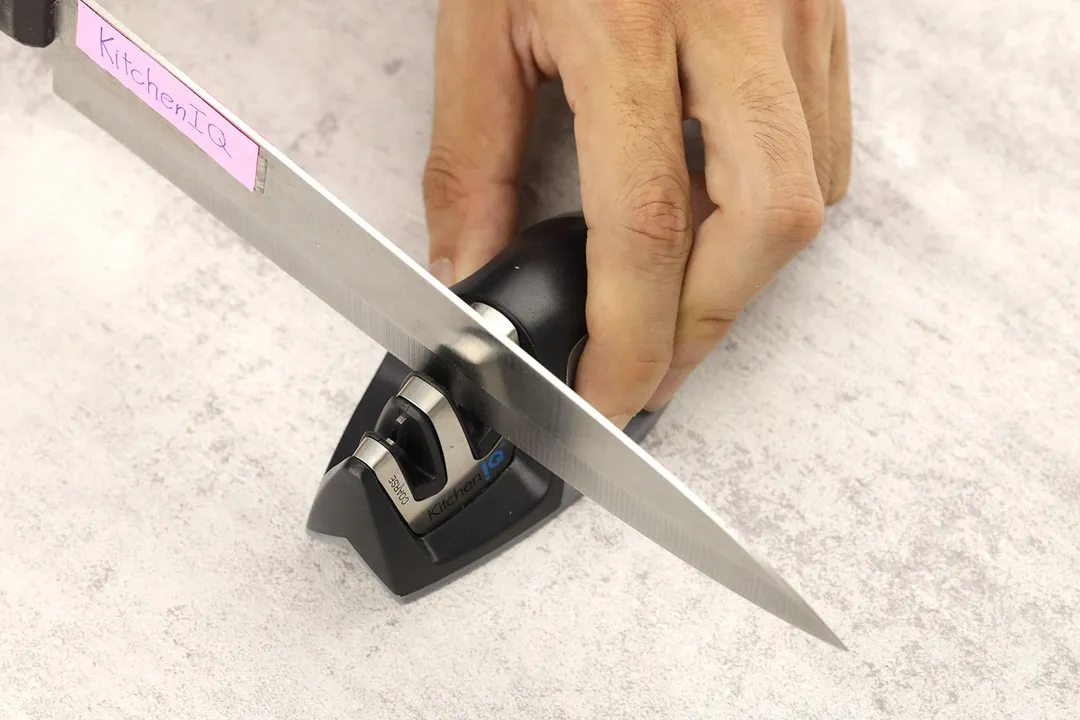
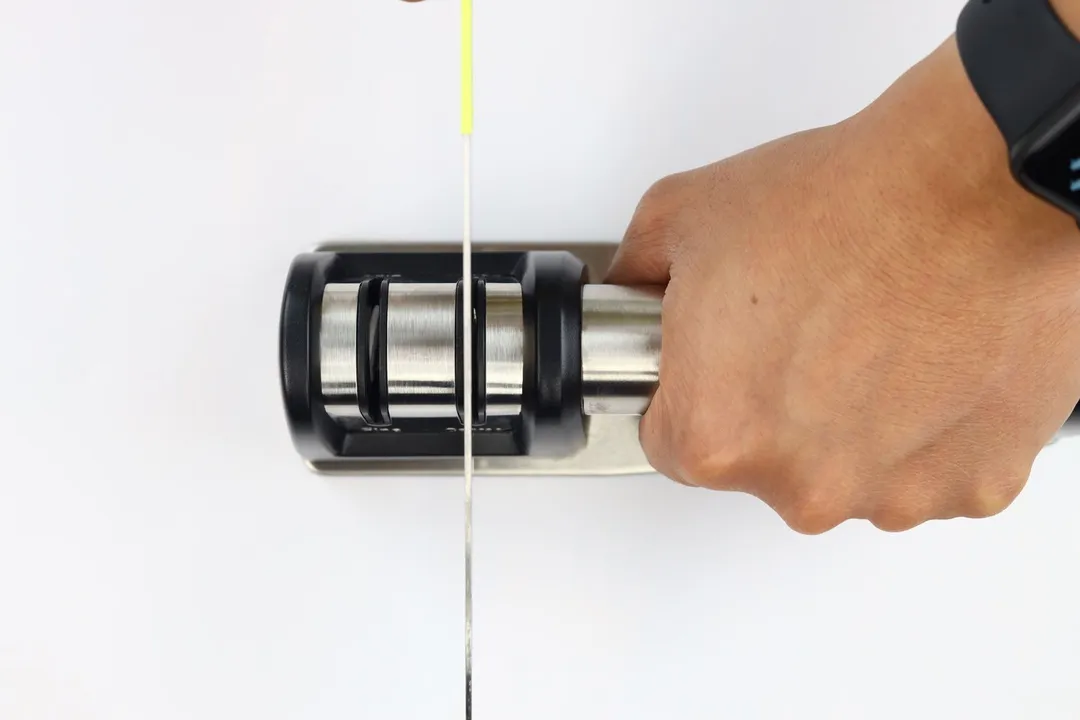
Pulling Through
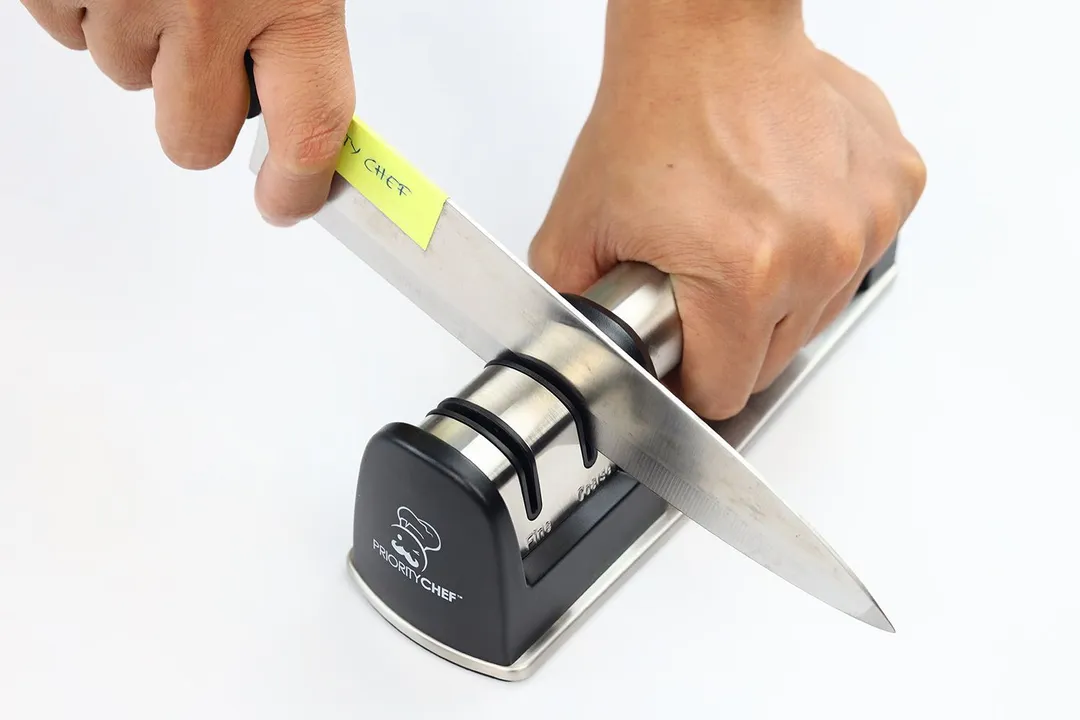
Stability on a Clean Surface

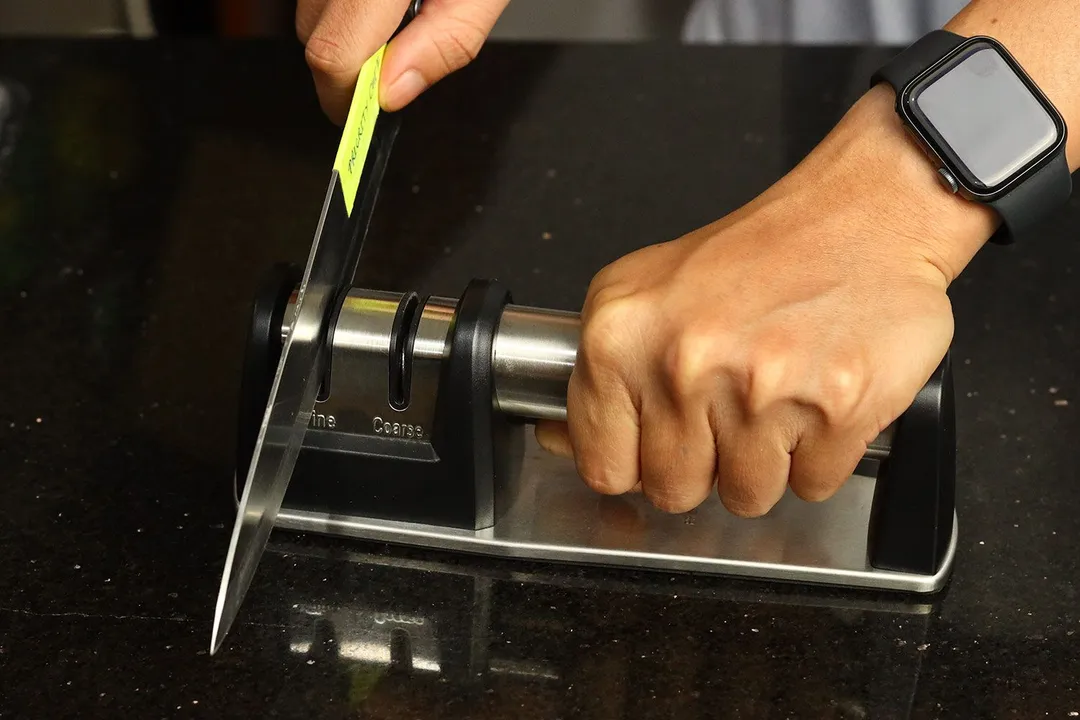
Stability on a Wet and Dirty Surface
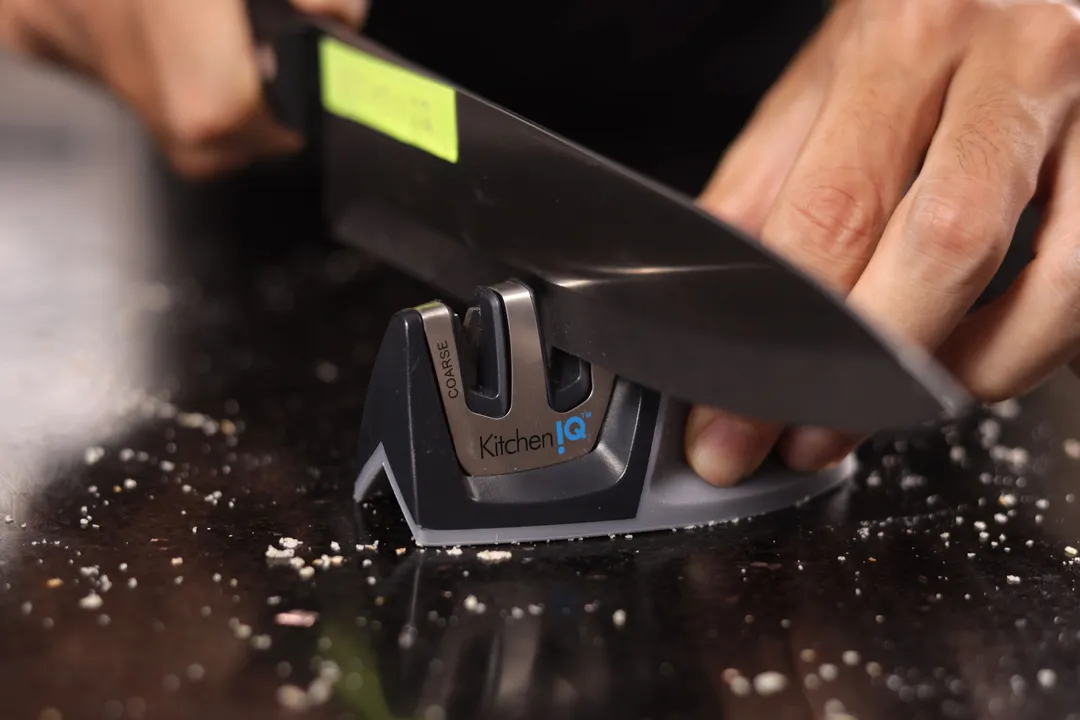

Behind the Comparison
Anh Ngo is a writer with 9 years experience at different media outlets, covering from public news and events to product testing and analysis. At HealthyKitchen101, she works across different departments, communicating closely with its network of writers, editors, and health, tech, and search engine experts to provide a meaningful and pleasant reading experience for visitors.
Lap is Head of the Research, Testing, and Review Team (RTR Team) at HealthyKitchen101.com, where he directs and supervises the testing of kitchen gadgets and appliances.
Nguyen Ntk is a graphic designer, photographer, and videographer whose philosophy centers around respecting and celebrating the beauty of reality. Through his lenses, Nguyen strives to capture the true essence of objects and events, showcasing and highlighting authentic features without distortion or exaggeration.



